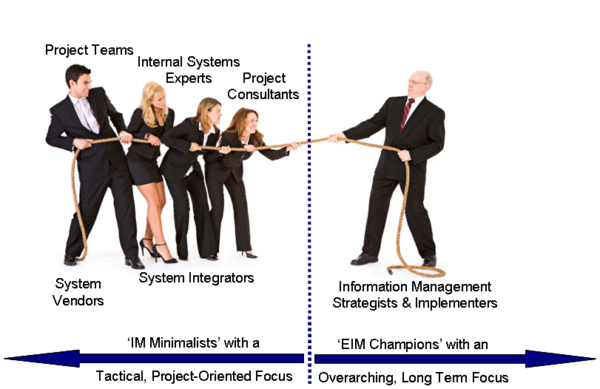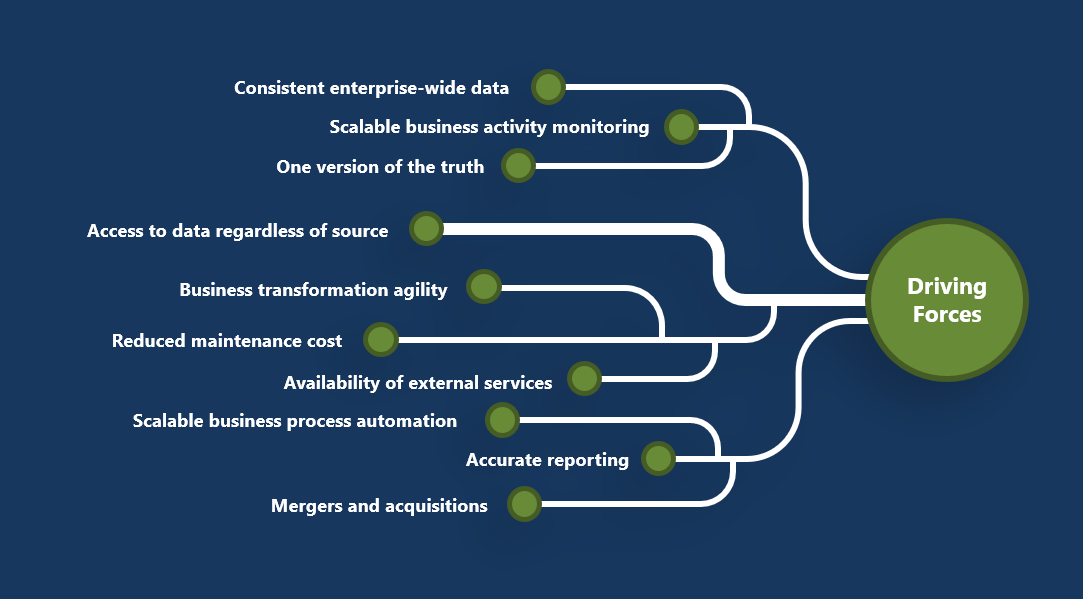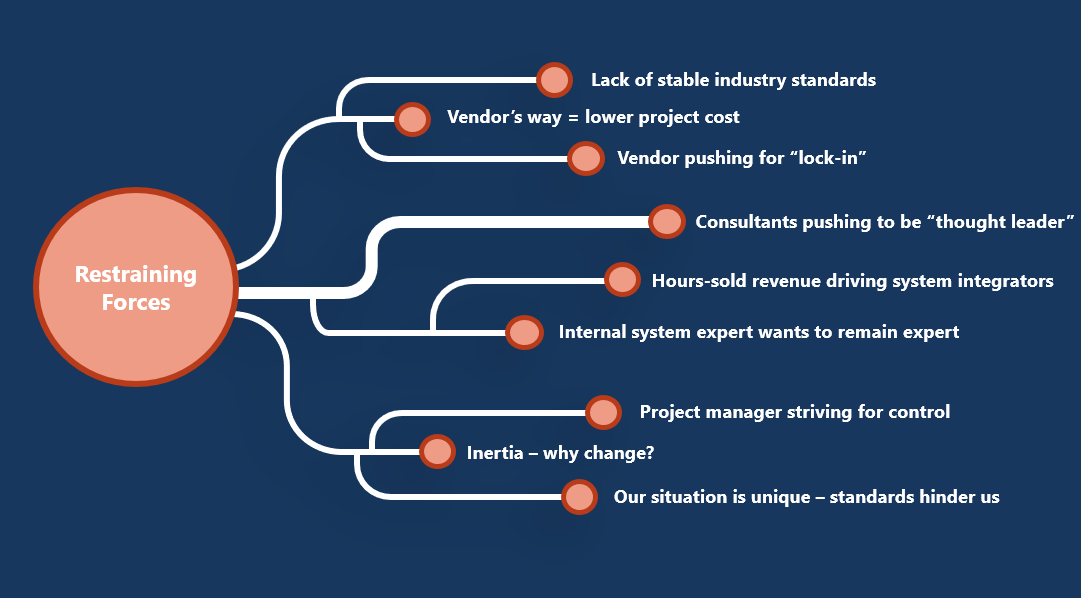Half Full or Half Empty CIM glass depends on your perspective
Most large electric utilities have had at least one project to ‘try out’ the industry standard Common Information Model (CIM).
Several utilities have even moved on to basing their large-scale enterprise application integration efforts on it. While these small and large efforts are generally successful, the additional costs, real and perceived, often make people question whether the benefits are worth the trouble. The answer is a definitive, ‘it depends.’ Before a utility can make an informed decision regarding when and how to use the CIM, it needs to have a clear understanding of the goals the utility intends to accomplish with a CIM based approach and plan accordingly with its ‘eyes open’ as to the actual state and plans around CIM standardization.
To the casual observer, the CIM standard development efforts never seem to finish; they continue to progress and evolve – and therefore there are numerous issues that must be managed by end users and their service providers. While a utility can enjoy the benefits of “the glass is half full,’ it must also manage the side effects of “the glass also being half empty”.
Why CIM?
As utilities continue to look for total business integration solutions regardless of underlining technologies and standards, the CIM and related standards will likely play a critical role in transforming today’s point-to-point integration landscape to service-enabled enterprises. But how does one go about this?
There are at least two vastly different views on why and how the CIM should be used by a utility.

Minimalist Approach
Information Management (IM) minimalists have a tactical, project-oriented focus and prefer for the CIM to be used on a project-by-project basis for specific system interfaces – only when it lowers project costs and/or risks.
Strategic Approach
Enterprise Information Management (EIM) champions have an overarching, long term focus and see the CIM as a key component for IT to be able to enable (vs. hinder) business transformation and performance optimization. The Strategic view of CIM in an Enterprise Information Management context requires planning driven by business strategy and implemented in both a top-down and bottom-up fashion. As it represents significant change, there are key drivers and many restraining forces hindering adoption.
What is CIM?
When people refer to the CIM, they usually mean the information model itself as well as all the associated IEC 61968 and IEC 61970 standards that support its use. The CIM itself is defined in Unified Modeling Language (UML) notation and consists of classes and attributes for these classes, as well as the relationships among them. Interest in using the CIM has recently surged. This growing interest is somewhat attributable to the evolution of systems integration technologies from Enterprise Application Integration (EAI) to Service Oriented Architecture (SOA) and Web Services, as well as the increasing needs from utility businesses to have better information management.
Driving Forces
Key driving forces for CIM adoption are tied to creating a more flexible business looking to standards and integration strategies to give the standards a context.

Restraining Forces
A utility must be prepared to proactively deal with restraining forces when it embarks on a strategic view.
CIM Wiggle Room
If the CIM and associated standards were finished and stable, a utility might be able to start off with the minimalist view and then later switch to the strategic view. Unfortunately, since the CIM glass is only half full, the amount of ‘some assembly required’ is still significant. There is a considerable amount of ‘wiggle room’ in how the CIM and associated standards can be implemented – and with so many parties involved, deliverables from disparate projects might not properly fit together. Therefore, significant rework will almost certainly be required before CIM-based artifacts from disparate projects can be aligned to contribute to the overall enterprise information management strategy. The best way to deal with this is to proactively plan EIM around the CIM and other relevant information standards.
Read the entire article posted in the January 2008 edition of Utility T&D Magazine (page 56):
Using CIM for Enterprise Integration
Please contact Xtensible at sales@xtensible.net to learn more about Driving Forces and Restraining Forces with regards to change and CIM adoption. Receive firsthand insights on how utilities have and are utilizing the IEC CIM to support analytics. Ask for information on our workshops and training.
Back To Blog




